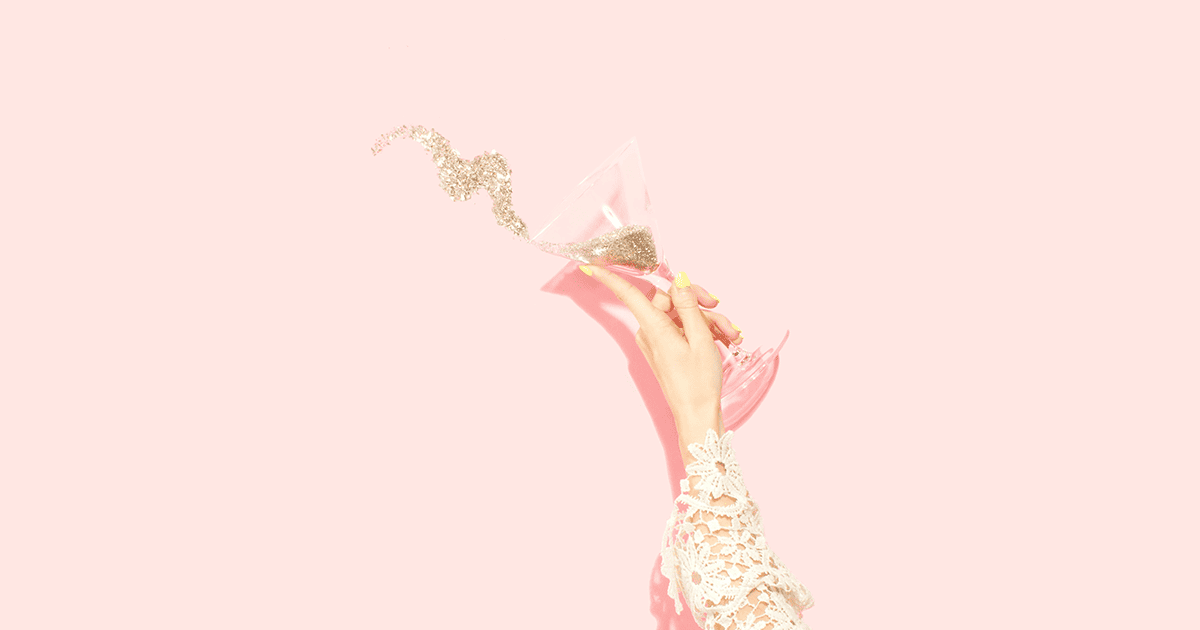In this digital age, while simply sitting at home, you can become anyone.
Without going outside, we can create an event, become the owners of a prestigious restaurant, or become a coveted fashion designer. Fake it ’til you make it – today, virtual reality teaches and creates the illusion that nothing is impossible. As the example of a few brave people demonstrates, communication can also popularise that which does not exist. And then it can cause an avalanche of doubt – how many of the realities I admire really exist?

Back in 2017, while walking around the local market, blogger Oobah Butler was surprised by how many counterfeit brands were sold there – Pierre Klein, Cuggi, Lewis Vooton. The most astonishing product he discovered was a pair of Georgio Peviani’s jeans, distinguished by their Italian-sounding name and unknown origin. Oobah felt the counterfeit brand could become a well-known mark, so he opted for a simple stellar strategy:
1. Create a website – he simply had to purchase the domain: www.georgiopeviani.com;
2. Make business cards that could be used as counterweight to verify the brand’s identity;
3. Travel to Paris with a few items from the product line.
Butler was completely unfamiliar with the backdrop of the fashion industry, but with good communication, he managed to get into three designer shows, meet famous influencers, and some well-known models, who he convinced to try his notorious designer jeans. After giving out a few business cards at events and presenting himself as the owner of a newly emerging British brand, he was welcomed with great enthusiasm and became part of the fashion industry. Designers and influencers admired Butler’s products and courage. His goal was to show how easy it is to popularise a faux product – he introduced a cheap item as a high-end designer product. The focus was not on the jeans, but on the brand’s message – new, revolutionary and unseen.
In the same year, renowned entrepreneur Billy McFarland created a unique mobile app that allowed anyone to book a famous singer for a party, birthday or even a wedding. After many successful collaborations with business partners, they bought Pablo Escobar’s island in the Bahamas and decided to hold the most luxurious festival in the world, titled Fyre, to promote the app of the same name.
It all started with the communication of 400 influencers, including supermodels Bella Hadid, Kendall Jenner and Hailey Baldwin. The multimillion campaign was quite simple: influencers shared a photo – an orange square – and a link to the festival. These posts did not provide any information about the event, its date or venue, but it got people crazed enough to spend 800 thousand dollars. Luxurious tents, yachts and top-notch services were all promised.
Although many doubtful signs were seen during the campaign, people were bribed by the possibility to attend a once-in-a-lifetime party. Finally, the moment came when the arriving guests began to realise that all the promises were fictional – the performers they preached had not heard of the event, the villas, where the guests had to sleep, were in fact tents and the furniture was yet to be unboxed. In the social media, the first guests shared the festival menu – bread with cheese, nothing like high-end. Finally, Fyre emerged in the press as an illusion, littered with lies and non-existent artefacts, with a lot of wasted capital from investors and contributors.
Here’s how easily ideas can create illusions, which foul us. It turns out that a fictional image can create a sense of luxury. In this case, all the merits of forming it are attributed to strong communication. On the other hand, the return on investment is greater than presumed. But this does not always align with consumer satisfaction.